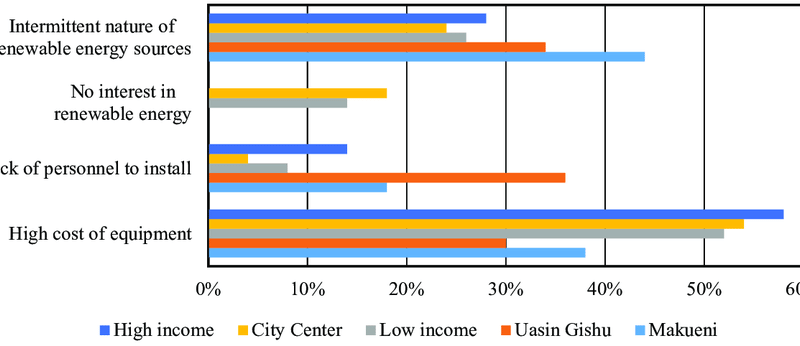The widespread acceptance of solar energy encounters various hurdles. One primary obstacle is the considerable initial expense associated with installing solar panels and relevant equipment. Despite declining costs in solar technology over time, it still demands a significant upfront financial commitment from many individuals and businesses.
Moreover, the intermittency inherent in solar power due to factors like weather and time of day poses a challenge for maintaining consistent energy production. Effective solutions such as energy storage systems, such as batteries, are necessary to mitigate this issue.
Another difficulty lies in integrating solar energy into existing energy grids, necessitating infrastructure upgrades and alterations in energy management practices to accommodate solar power’s fluctuating nature.
Additionally, policy and regulatory obstacles, alongside public awareness and education, significantly impact solar energy adoption rates. In certain regions, inadequate policies and regulations fail to sufficiently support or incentivize solar energy uptake.
Lastly, environmental concerns arise from the manufacturing and disposal of solar panels, particularly regarding the use of specific materials and the recycling of outdated panels.
Addressing these challenges mandates ongoing technological progress, supportive policies, and active public engagement to propel the widespread adoption of solar energy.
challenges facing widespread adoption of solar energy
The obstacles to widespread adoption of solar energy encompass:
Initial Expenses:
Despite the long-term savings potential, the high initial costs of installing solar panels and related equipment can discourage investment by individuals and businesses.
Intermittency:
Solar energy’s reliance on sunlight, subject to variations due to weather and time of day, presents challenges in maintaining a consistent energy supply, especially without effective energy storage solutions.
Storage:
Developing efficient and affordable energy storage technologies is crucial for storing excess solar energy generated during peak production periods, to be used during periods of low or no sunlight.
Grid Integration:
Integrating solar energy into existing electrical grids requires infrastructure upgrades to manage fluctuations in generation and demand, which can be both complex and costly.
Land Use:
Large-scale solar projects often necessitate significant land area, raising concerns about competition with agriculture, conservation areas, or urban development.
Regulatory Hurdles:
Regulatory frameworks and policies can either facilitate or hinder solar energy deployment. Uncertain or unfavorable regulations, such as inconsistent incentives or permitting processes, may impede adoption.
Technological Progress:
While solar technology has advanced considerably, further innovation is needed to enhance efficiency, reduce costs, and address limitations such as energy conversion efficiency and materials availability.
Public Perception:
Despite increasing awareness of solar energy’s benefits, misconceptions or skepticism about its reliability, affordability, or environmental impact may persist among certain population segments, influencing public support and investment.
Conclusion
In conclusion, widespread adoption of solar energy encounters numerous challenges across financial, technical, regulatory, and societal domains. The upfront expenses linked with solar installations, alongside sporadic energy generation and the need for efficient storage solutions, present notable hurdles. Furthermore, integrating solar power into current electrical grids demands significant infrastructure adjustments, while worries regarding land usage, regulations, and public perception add further layers of complexity. Despite progress in solar technology and increased awareness of its advantages, overcoming these multifaceted obstacles will necessitate collaborative endeavors in innovation, policy formulation, and public outreach to expedite the shift towards a solar-centric future.











